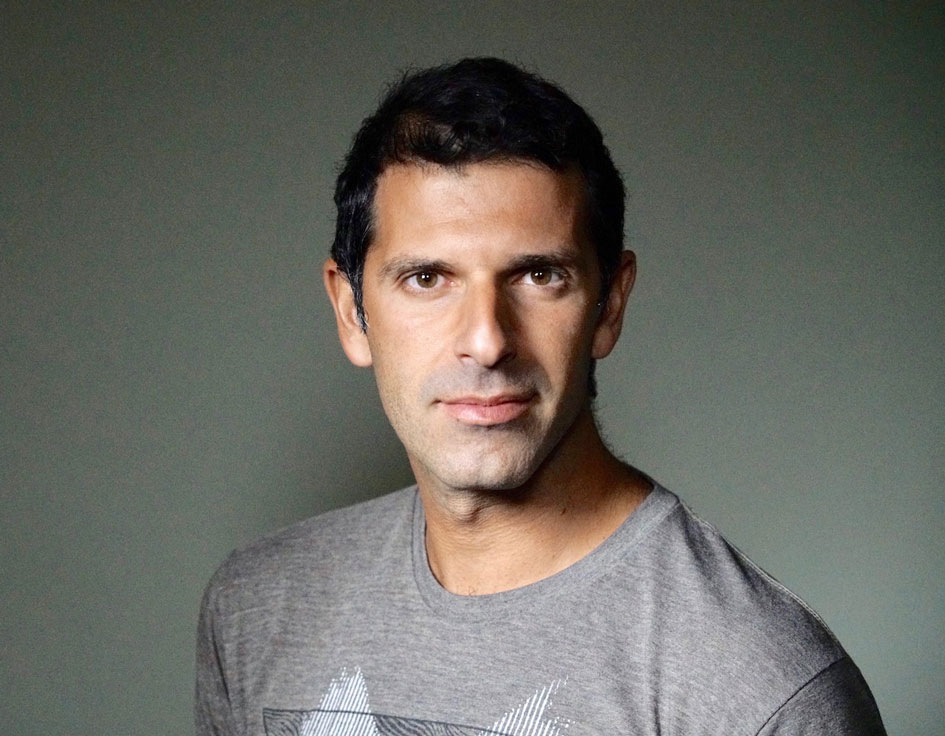Cracking the Quantum Hall Problem
Spiros Michalakis will come to Reed to discuss the puzzle that baffled a generation of physicists.
Spiros Michalakis, the Caltech researcher who was instrumental in solving the enigmatic Quantum Hall Effect, will speak at Reed on Jan. 31 to discuss the solution that he devised along with his co-investigator Matthew Hastings. Their breakthrough, which relied on insights from the field of topology, was widely hailed last year both for its creativity and for its potential implications for quantum physics and quantum computing.
The roots of the problem stretch back to 1879, when American physicist Edwin Hall observed that a magnetic field will deflect an electric current running through a metal conductor; the stronger the field, the more pronounced the effect. In the 1980s, German physicist Klaus Von Klitzing found that at very low temperatures, the Hall Effect does not fluctuate smoothly with the strength of the magnetic field, but it jumps in sudden, discrete hops. Von Klitzing won the Nobel prize for this discovery of the Quantum Hall Effect, but neither he nor anyone else could come up with a convincing explanation for it.
In 1999, prominent mathematicians drew up a list of thirteen significant open problems at the intersection of math and physics; Quantum Hall was number two. The effect continued to flummox the field until 2008, when Michalakis, then a researcher at the Los Alamos National Laboratory, began to think about the conundrum with his thesis advisor, Matthew Hastings. Their ideas, which would involve a deep connection between topology and quantum physics, produced a solution a year later.
Michalakis will share that journey in this talk, focusing on insights gained along the way about the relationship of mathematics to physics.
Michalakis is a quantum physicist and manager of outreach for the Institute for Quantum Information and Matter at Caltech. He serves as the staff advisor for Caltech’s Chapter of InnoWorks and is a contributor to IQIM’s science blog, Quantum Frontiers. In addition, he served as scientific advisor for the movie Ant-Man, as well as the sequel, Ant-Man and The Wasp.
His talk, titled The Shape of the Quantum Realm, is sponsored by the Reed mathematics and physics departments and is free and open to the public.
Tags: Campus Life, Cool Projects, Editor's Picks, Giving Back to Reed, Research
